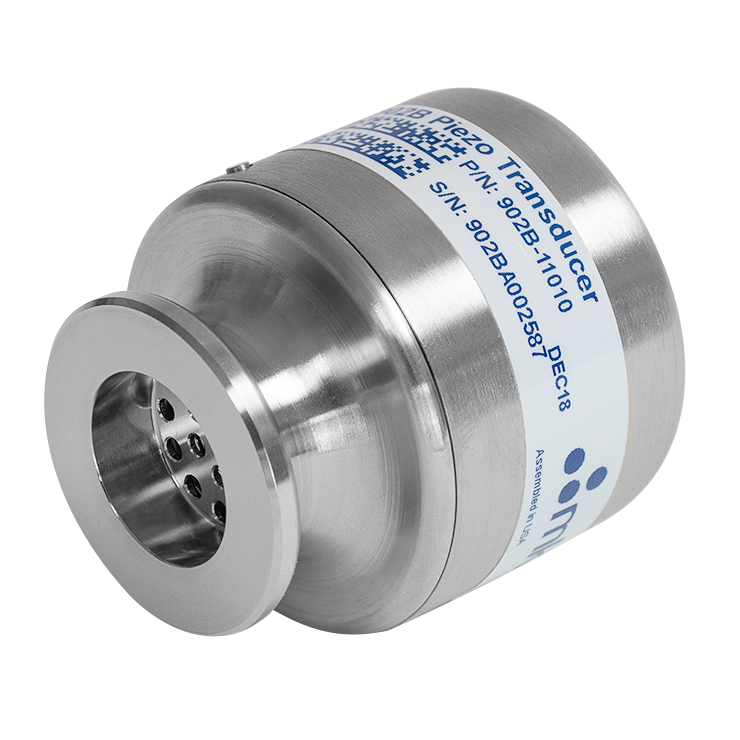

So the charge amplifier is usually placed very near to the sensor. The capacitance of the lead wire that connects the transducer and piezoelectric sensor also affects the calibration. To draw very low current the resistance R1 is very high. A charge amplifier is used to measure the produced charge without dissipation. Here quartz crystal coated with silver is used as a sensor to generate a voltage when stress is applied on it. The working of a basic piezoelectric transducer can be explained by the below figure. When the ratio b/a is greater than 1 the charge produced by transverse arrangement will be greater than the amount generated by longitudinal arrangement. In the transverse effect, the charge generated is given by Piezoelectric coefficient d of quartz crystal is around 2.3 * 10 -12 C/N. Where F is the applied force,d is the piezoelectric coefficient of the crystal. Crystal in a transducer can be arranged in longitudinal position or transverse position. The orientation of the crystal also effects the amount of voltage generated. Working of a Piezoelectric Transducer Piezoelectric Transducer Formula Stress can be applied in two forms as C ompressive stress and Tensile stress as shown below. The polarity of the produced charge depends upon the direction of the applied stress. This charge is used for calibration of stress. This results in the generation of charge. When stress has applied the ions in the material move towards one of the conducting surface while moving away from the other. The faces of piezoelectric material, usual quartz, is coated with a thin layer of conducting material such as silver. Piezoelectric Transducer works with the principle of piezoelectricity. Rochelle salt gives the highest output values but it is sensitive to environmental conditions and cannot be operated above 1150F. Slowly varying parameters can be measured with quartz. Quartz is a highly stable crystal which is naturally available but it has small output levels. Unfortunately, there is no piezoelectric material which has all these properties. The materials used for measurement purpose should have frequency stability, high output values, insensitive to the extreme temperature and humidity conditions and which can be available in various shapes or should be flexible to be manufactured into various shapes without disturbing their properties. There are certain requirements to be met by the piezoelectric materials to be used as transducers. Not all piezoelectric materials can be used in piezoelectric transducers. Artificially manufactures piezoelectric materials are Polyvinylidene difluoride, PVDF or PVF2, Barium titanate, Lead titanate, Lead zirconate titanate (PZT), Potassium niobate, Lithium niobate, Lithium tantalate, and other lead-free piezoelectric ceramics. Naturally Available Ones: Quartz, Rochelle salt, Topaz, Tourmaline-group minerals, and some organic substances as silk, wood, enamel, bone, hair, rubber, dentin. Some of the types of piezoelectric materials are:


 0 kommentar(er)
0 kommentar(er)
